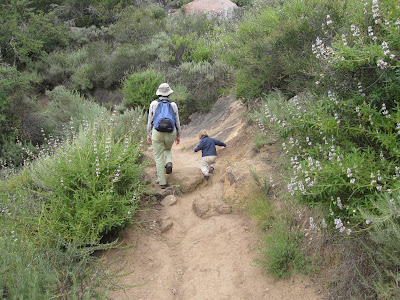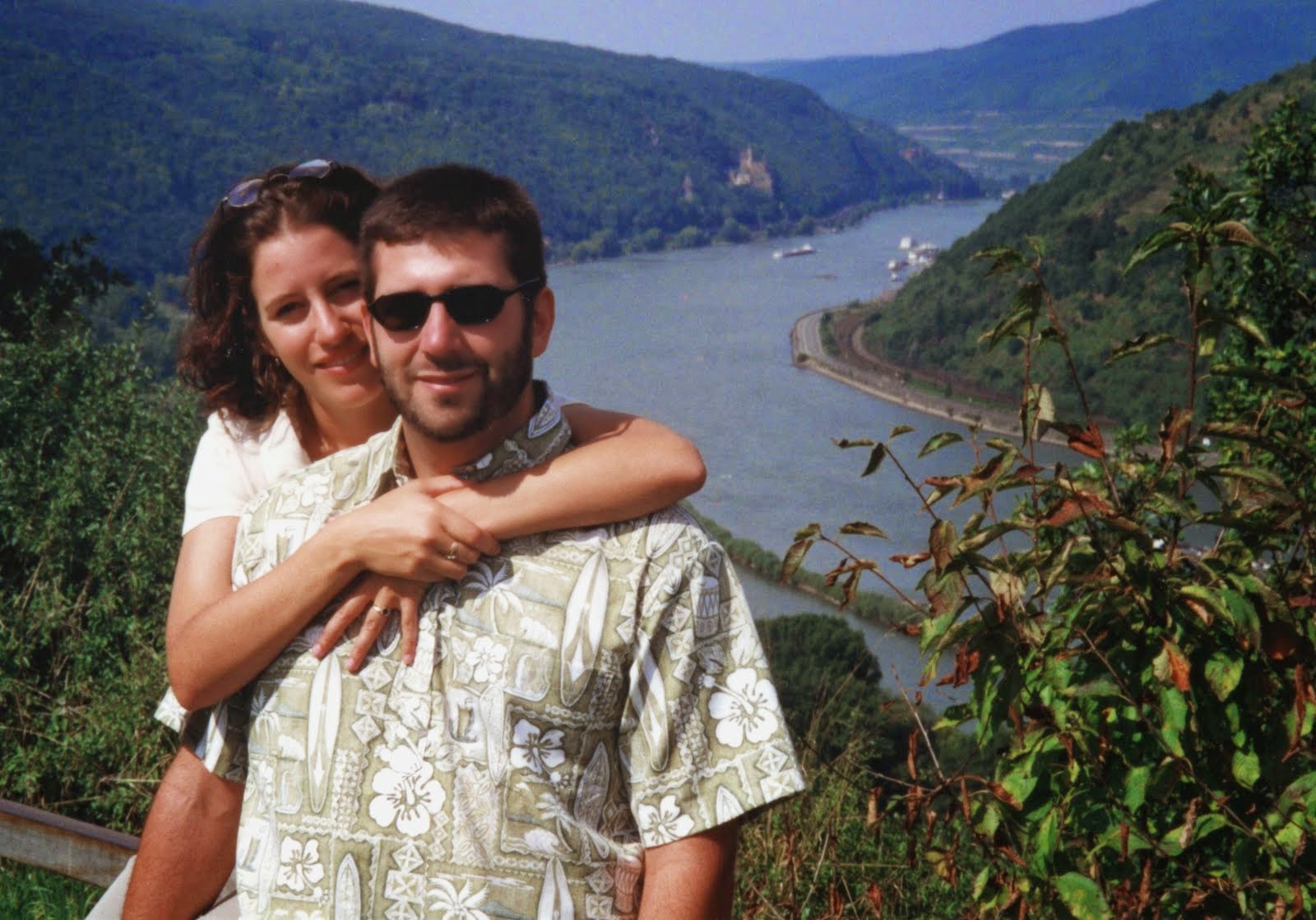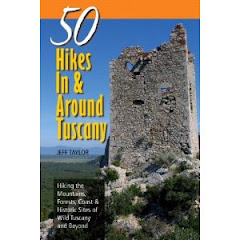View of the East Bay Hills
We are now in Calistoga in the upper Napa Valley, having met friends for the weekend who drove down from Reno. It's been nice to catch up and hopefully I'll have something to post about it soon.
View of San Francisco (Left) and Oakland (Right) from Anthony Chabot Park
We left the East Bay hills, where unfortunately far too much eucalyptus is grown. I took Hilina with me on a father-daughter only hike in Anthony Chabot Regional Park. We did a loop hike along the ridgetop, but mostly what we saw was eucalyptus and occassional views.Chabot Lake through the Eucalyptus
Hilina is already training to be a park ranger. She always wants us to tell her a story, but refuses to over tell her one herself. That changed when I put her on stage and told her she was a ranger. Here she is telling me a story about a baby turkey that is going to be eaten by a mountain lion and then the mama and papa turkeys come to the rescue.



























































